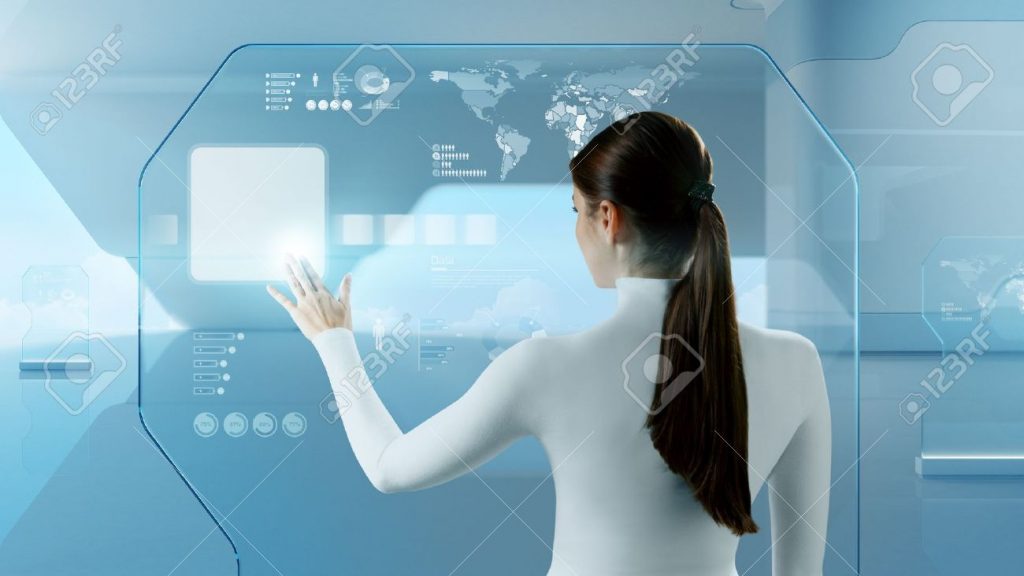Wearable technologies are computers or electronic technologies that can be incorporated into accessories and clothing. They are wearable devices with the abilities to perform similar computing tasks with the laptop, desktops, and mobile phones. However, these wearable devices can perform better compared to hand held devices. This is because they can provide scanning and sensory features that are not available in typical laptop and mobile devices. They can as well offer tracking and biofeedback of physiological function. Here are six trends of wearable technology that all wish to know.
1. If they can help people sleep better
These wearable technology devices can measure people’s sleep patterns. They do so by way of motion detection when someone is asleep. An in-built accelerometer sensor is responsible for motion detection. When someone is in a restorative, deep sleep, they tend to have lesser movements compared to when they are in a less and light restorative sleep. Therefore, by viewing the results tracked during your movements, you are in a position to find out the duration of your deep and light sleep. You can also identify some of your sleep issues.
2. If they can help people stick to calorie controlled diets
Almost all wearable devices can track a number of calories individual burns daily. In fact, there is another device that claims that it can measure a number of calories someone takes in a day; the Healbe GoBe. It makes use of better scientific concepts than most other wearable technology. With the aid of its sensors, it can test carbohydrates in water cells after someone has had a meal. However, to get accurate results, an individual is required to wait for approximately two hours.
3. Whether they can help in relaxation
Wearable technology trends can help people relax after having a long day. They are equipped with sensors such as the muse, which is a headband useful in brain sensing. The muse makes use of unique technologies to ensure that a person gets relaxed within minutes. It works by picking up the signals of the brain and feed back the results to a Smartphone. However, you will be required to install some app on your phone that allows the viewing of the level of relaxation. Experts say that with the headband, someone can train their brain to be more composed and calmer with the aid of some meditation techniques.
4. If these technologies can encourage eating well and exercising
It feels so good to have something that encourages and motivates you to achieve your general wellbeing goals and health. Wearable technology devices can track all your moves and provide you with results of your progress. They can also remind you to get back on track if you waver. They use a variety of communication methods including beeping. An electronic fork known as the HAPIFork alerts users if they are eating fast, by use of gentle vibrations and indicator lights. This is great for people looking to slow down their eating to improve digestion and lose weight. These devices can learn people’s current exercise activity level and automatically assign them some attainable daily goals. Some devices award users with online badges when they accomplish particular goals.
5. Monitoring exercises
There are numerous fitness trackers available in the market today. The most common of them all are those from Misfit, Jawbone, Garmin and Fitbit. These products are available as wearable devices and make use of accelerometers. These measure the intensity and length of motions and provide results that are visible when the trackers are connected to a Smartphone. Some other devices such as the pedometers, collect the steps of individuals and heart rates to measure the intensity of work done as well as the distance was covered. However, these results are not 100% accurate all the time and tend to vary from one device to another, but if the results are consistent, this should not be an issue.
6. Athletes might embrace wearable technology clothing
Smart clothing is now being used for training purposes by most athletes. They are used to monitor performance. Shortly, they might as well be used to watch sports. Leagues such as NFL are now partnering with Zebra Technologies and Microsoft to come up with data visualizations and better ways for sports lovers to understand the game. In professional sports, coaches can start using wearable devices to track the efforts put in by athletes and redistribute workloads to avoid injuries. These clothing can measure breathing depth, heart rate, balance, and much other biometrics.
Conclusion
The usage and implications of wearable technologies have now reached many people and has influenced the fields of fitness, medicine, and health, disabilities, aging, transportation, education, finance, music, gaming and enterprise. In each field, their goal is to incorporate functional, computers and portable electronics into the daily lives of individuals. Before coming to the consumer market, they were majorly used in military technology, medicine, and healthcare. With the current trends, the usage of wearable devices is likely to continue growing and might have both cultural and sociological impacts in future. Analysts and developers have predicted that these devices will change cultural and technological landscapes. Also, they may alter the nature of phones, as well as those of other hand, held devices; people may not be carrying their handsets.
Author Bio
Kathy Mitchell is a technology and gadget geek, writer & blogger by profession. She loves to write articles for many on-line communities, blogs, & websites related to gadgets & new technologies. She is the author of many active blogs including fusecrunch technology news. Connect with her on Google+, Facebook and Twitter.
